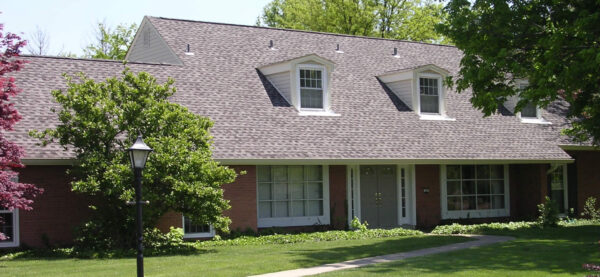 Planning for a new roof installation is an important step for any homeowner, and budgeting is key to ensuring you get the best value for your investment. A new roof not only protects your home but also enhances its curb appeal and can even increase its resale value. However, the cost of a new roof can vary widely depending on several factors, including the materials you choose, the size of your home, and the complexity of the installation. This article will guide you through the budgeting process to help you prepare for your roofing project.
Planning for a new roof installation is an important step for any homeowner, and budgeting is key to ensuring you get the best value for your investment. A new roof not only protects your home but also enhances its curb appeal and can even increase its resale value. However, the cost of a new roof can vary widely depending on several factors, including the materials you choose, the size of your home, and the complexity of the installation. This article will guide you through the budgeting process to help you prepare for your roofing project.
1. Assess Your Current Roof Condition
Before you start budgeting, it’s essential to assess the condition of your current roof. This will help you determine whether you need a full replacement or if repairs will suffice. If your roof has significant damage or is nearing the end of its lifespan, it’s best to consider a complete replacement. You may want to hire a professional roofing contractor to inspect your roof and provide you with recommendations. This initial assessment can give you a clearer picture of what you’ll need to budget for.
2. Choose the Right Roofing Materials
The type of roofing material you select plays a major role in your overall costs. Asphalt shingles are typically the most affordable option, while materials like metal or tile can be more expensive but offer longer lifespans and better energy efficiency. Research different materials and their associated costs to determine what fits your budget and needs. Don’t forget to factor in additional costs like underlayment, flashing, and ventilation systems, which are necessary for a proper installation.
3. Get Multiple Quotes
Once you have a rough idea of your needs and desired materials, it’s time to contact roofing contractors for quotes. It’s a good idea to get at least three estimates to compare pricing and services. Pay attention not only to the cost but also to the reputation and experience of the contractors. Look for customer reviews and ask for references to ensure you choose a reliable company. Remember, the lowest quote may not always be the best option—consider the value you’re getting for your investment.
4. Plan for Additional Costs
While you may have a set budget in mind, it’s wise to plan for unexpected costs that can arise during the installation process. For instance, if the roofing contractor discovers underlying issues like water damage or mold during the installation, you may need to adjust your budget to accommodate necessary repairs. It’s generally recommended to set aside 10-15% of your budget for these unforeseen expenses to avoid any surprises.
5. Explore Financing Options
If the upfront costs of a new roof are beyond your current budget, consider exploring financing options. Many roofing companies offer payment plans or financing solutions to help homeowners manage their expenses. Additionally, look into local or state programs that provide financial assistance for home improvements, including roof replacements.
Conclusion
Budgeting for a new roof installation in St. Louis may seem daunting, but with careful planning and research, you can navigate the process with confidence. By assessing your roof’s condition, choosing the right materials, obtaining multiple quotes, preparing for additional costs, and exploring financing options, you’ll be well on your way to successfully completing your roofing project. A new roof is an investment in your home that can provide protection, energy efficiency, and increased property value for years to come. If you have any questions or need assistance with your roofing project, don’t hesitate to contact us—we’re here to help!




